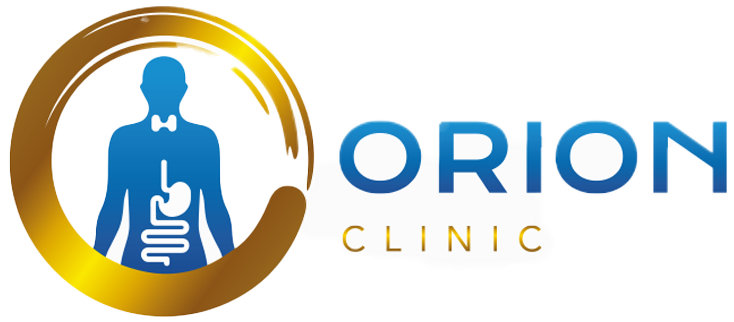Lipid Disorder
A lipid disorder refers to unbalanced levels of cholesterol and fats in the body. There are two major forms of cholesterol in the body. These are a LDL or low-density lipoprotein HDL or high-density lipoprotein.
LDL is considered “bad cholesterol” as when combined with other fats and substances in blood, it creates blockages in arteries. This could reduce blood flow and cause serious heart issues. Higher LDL levels are considered unhealthy.
HDL is considered as the “good cholesterol” as it helps in removing harmful cholesterol from the body.
Apart from LDL and HDL Triglycerides levels are also considered for lipid disorders. A triglyceride is a type of fat that the body produces when converting excess calories to fat. Lower levels of triglyceride are considered good for a healthier body.
Causes of Lipid Disorder
- Food: Certain food such as foods high in saturated fats can increase LDL levels. Examples of these include palm oil, coconut oil and animal products like cheese, milk, butter and meat. Trans fats are also known to increase bad cholesterol levels. The common source of trans fat is found in packaged foods.
- Low activity level: Not getting enough exercise can increase the LDL levels. Exercising regularly can increase the HDL levels which help in getting rid of the bas cholesterol from the arteries.
- Medical conditions: Certain illnesses could also affect the cholesterol levels. High blood cholesterol levels can be caused by diseases such as diabetes, hypothyroidism, PCOS etc.
- Medications: Certain medications can also increase cholesterol levels.
- Smoking: Smoking can also increase bad cholesterol levels which causes plaque to build up in the arteries.
- Genetics: Family history of high cholesterol levels increases the risk of having high cholesterol.
Diagnosing Lipid Disorders
To diagnose lipid disorder, cholesterol levels are tested. This is a done by a blood test a lipid profile, or lipid panel.
A lipid profile levels LDL, HDL and triglycerides levels in the blood. For the tests, patient may be asked to not eat or fast for 12 hours.
Treating Lipid Disorders
The various treatment options include:
-Medications
There are several types of medications that are used to treat the disorder by limiting the absorption of the cholesterol. There are also medications that help remove cholesterol and some help lower triglyceride levels in the blood.
Apart from these supplements such as omega 3 fatty acids can also be suggested to lower triglycerides and LDL levels.
-Lifestyle changes
These changes mainly include diet changes and increasing physical activity levels. A healthy diet and regular exercise routine can help decrease the cholesterol levels.
FAQs
A lipid disorder occurs when there is an abnormal level of lipids (fats) in the blood, such as cholesterol or triglycerides. This condition increases the risk of cardiovascular diseases like heart attack and stroke.
Lipids are fats, including cholesterol and triglycerides, that are essential for various bodily functions, such as energy storage, hormone production, and cell structure. However, excessive or imbalanced lipid levels can be harmful.
Common types include:
- Hypercholesterolemia: High levels of LDL (bad cholesterol).
- Hypertriglyceridemia: Elevated triglycerides.
- Mixed Dyslipidemia: A combination of high cholesterol and high triglycerides.
- Hypolipidemia: Low levels of lipids, though rare.
Lipid disorders can be caused by:
- Genetics: Familial hypercholesterolemia or inherited conditions.
- Lifestyle Factors: Poor diet, obesity, lack of exercise, smoking, and excessive alcohol intake.
- Medical Conditions: Diabetes, hypothyroidism, kidney disease, or liver disease.
- Medications: Certain drugs like steroids and beta-blockers.
Lipid disorders often have no symptoms and are detected through blood tests. In severe cases, symptoms may include:
- Fatty deposits under the skin (xanthomas).
- Yellowish deposits around the eyes (xanthelasmas).
- Chest pain or other symptoms of cardiovascular disease in advanced cases.
Diagnosis involves a lipid panel blood test, which measures:
- Total cholesterol
- LDL (bad cholesterol)
- HDL (good cholesterol)
- Triglycerides
- Total cholesterol: Less than 200 mg/dL
- LDL (bad cholesterol): Less than 100 mg/dL
- HDL (good cholesterol): 40 mg/dL or higher for men, 50 mg/dL or higher for women
- Triglycerides: Less than 150 mg/dL

